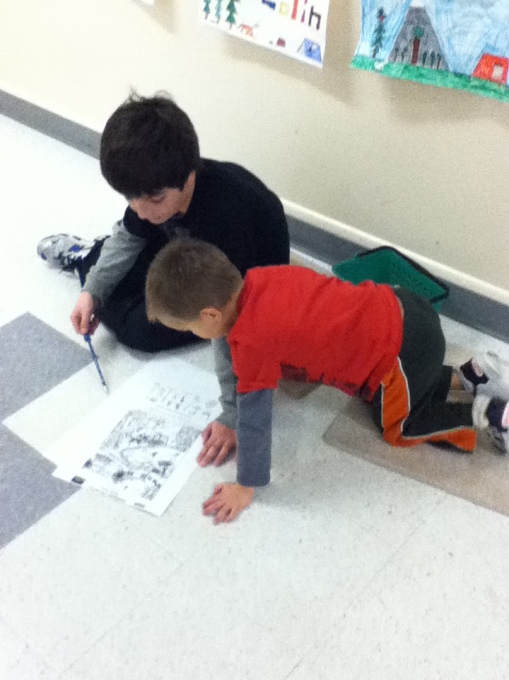Is The Money Worth It?
Recently, I read and article in Education Canada by Ron Canuel. He reviews the issue of increased student learning and technology cost.
I have read more than a few articles on this issue and a few blogs as well. Many schools are striving to become 1:1 schools where every student has a laptop or iPad. Obviously, there is a cost to this type of programming and many educators and reformers think the money should go elsewhere. Many literacy advocates have felt that this money was not available for libraries, but is suddenly available for technology.
Even the people who value technology, believe money is not spent wisely. The issue I read most about is, “should schools be using interactive whiteboards to the extent they are or be using the money to become a 1:1 school.” Bill Ferriter has written a lot about this on his Tempered Radical Blog.
Mr. Canuel cites a study published by the Journal of Technology, Learning and assessment (JTLA). Basically, it stated that technology used in a traditional manner will use traditional results. Larry Cuban also noted this and has stated the use of technology was oversold and underutilized.
Canuel found the JTLA article also noted something very important. Many researchers who are against tech. spending are focusing on the trees rather than the forest. Their meta-analysis research found that “the creation of new-paradigm schools that are self-organizing…are creating a dynamic in the classroom where students become increasingly engaged in their learning. The participation of students in the design of teaching strategies and assessments does generate an increase student achievement.”
Simply stated, if we do not have specific purposes for technology use and integration, increases in learning will be minimal. However, if specific learning targets are set, with proper planned use for tech., engagement of students in learning should increase. If students are engaged in their learning, the results will show. It does not matter if it’s a whiteboard, iPad or a laptop. If the tool is not used properly, learning is minimal. Is video used effectively in most classrooms, or the old filmstrips?
I believe technology (and its many platforms) can increase student learning, but like anything, it needs to be used properly and teachers need the PD to be able to do this. I believe the creation of networks, PLN’s and administrator support can help teachers use technology to engage students and thus increase student learning.
Your thoughts?
Key questions:
How should schools and divisions purchase technology? Are we following best practice and research?
Are we influenced too much by tech. companies and just buy without specific plans in place. Does the planning take to long and then the infrastructure and tech. skills lag behind?
How should we use technology to effectively engage students?




